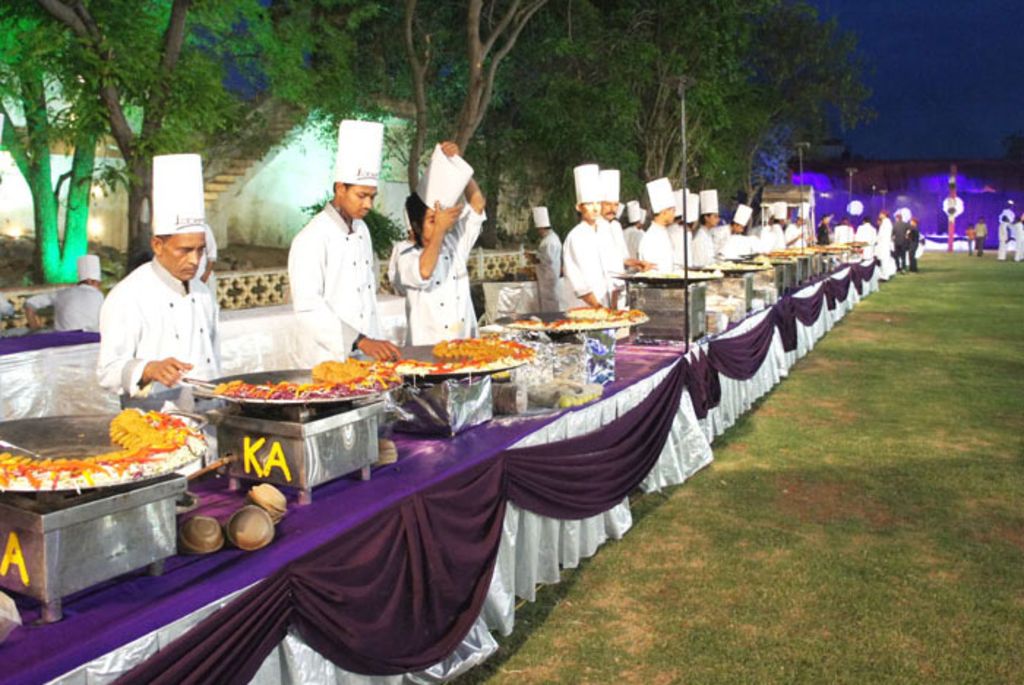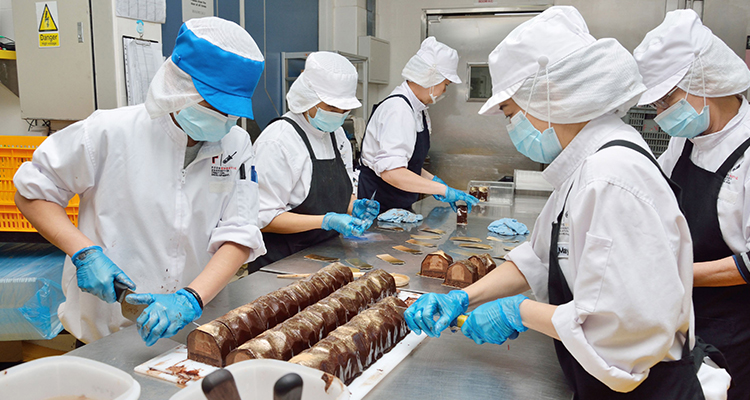
When it is the Indian cuisine that we are talking about, one staple stands out with its aromatic allure and versatile nature – Basmati rice. Celebrated for its unique fragrance, long grains, and exquisite taste, Basmati rice plays a pivotal role in the grandeur of Indian festival cuisine. Join us on a culinary journey as we explore the rich history of this famous cuisine in India, popular Indian cuisine cooking techniques, and the indispensable presence of Basmati rice in popular Indian festivals.
The Heritage of Basmati Rice:
Indian rice, especially the illustrious Basmati variety, holds a special place in the hearts and kitchens of millions. With its roots deeply embedded in the Indian subcontinent, Basmati rice has been cultivated for centuries in the fertile plains of the Himalayan region. Its name, “Basmati,” is derived from the Sanskrit word “Vasmati,” meaning fragrant, and this aromatic quality is what makes it the jewel of Indian rice.
Cooking Basmati Rice: An Art and Science:
Before we get into the festival-specific delicacies, let’s master the art of cooking Basmati rice in a manner that will make it a popular Indian cuisine for festivals. Whether you’re a seasoned chef or a home cook, the process is key to unlocking the full potential of this exceptional grain.
Start by rinsing the rice thoroughly to remove excess starch, which can lead to stickiness. Soak the grains for about 30 minutes to allow them to absorb water, resulting in longer, fluffier rice. For that perfect al dente texture, the rice-to-water ratio is crucial – aim for a 1:2 ratio.
To enhance the aromatic profile while cooking basmati rice, consider adding a pinch of saffron, cardamom, or cloves to the cooking water. These spices complement the inherent fragrance of Basmati, infusing your dishes with an enticing aroma that’s sure to captivate your senses. It must be said that India features a massive range of popular cuisines, and to that end, preparations can differ quite a bit from each other. When it comes to famous cuisine in India, you would certainly be left spoilt for choice.
Popular Indian Cuisine: A Symphony of Flavours with Basmati Rice:
Now, let’s explore the role of Basmati rice in some of the most beloved Indian festival cuisines.
Biryani Bonanza:
No celebration in India is complete without the sumptuous indulgence of Biryani, a fragrant rice dish that harmonises spices, meat, and Basmati rice in a culinary symphony. Whether it’s the regal Hyderabadi Dum Biryani or the Kolkata-style Biryani, the choice of Basmati rice elevates the dish to new heights of popular Indian cuisine, ensuring each grain is a flavourful delight.
Kheer Extravaganza:
Sweet indulgence takes centre stage during festivals, and Kheer, the creamy rice pudding, is a cherished favourite. The magic lies in the choice of Basmati rice, which absorbs the rich flavours of milk, cardamom, and saffron, creating a velvety texture that melts in your mouth.
Pulao Parade:
Festivals call for a feast, and the Pulao, with its delightful mix of vegetables or meats, provides a lighter yet equally flavourful alternative. Basmati rice ensures that each grain remains distinct, offering a delightful bite that complements the aromatic spices and ingredients. The manner in which cooking basmati rice is carried out influences the overall outcome that can be expected.
Basmati in Festive Rituals:
Festivals in India are not just about food; they are a celebration of traditions and rituals. Basmati rice is often used in religious ceremonies and symbolic rituals, symbolising purity and prosperity. The aroma of Basmati wafting through the air becomes an integral part of the festive atmosphere, connecting people through shared culinary experiences.
The Basmati Advantage: Health and Well-being:
Beyond its culinary prowess in famous cuisine in India, Basmati rice offers health benefits that make it a wise choice for festival feasting. It has a lower glycemic index compared to other rice varieties, making it suitable for those conscious of their blood sugar levels. The high fibre content aids digestion and promotes a feeling of fullness, ensuring you savour the festivities without overindulging.
Conclusion:
As we wrap up our exploration of the role of Basmati rice in Indian cuisine, it’s evident that this aromatic grain is more than just a kitchen staple. It’s a symbol of tradition, festivity, and the vibrant representation of Indian culture. So, the next time you savour the rich flavours of Biryani, the velvety sweetness of Kheer, or the aromatic goodness of Pulao during a festival, remember that Basmati rice is the unsung hero, weaving its magic into every delightful bite.
In the kaleidoscope of Indian cuisine, Basmati rice takes centre stage, inviting us to savour the essence of tradition and the joy of shared meals. So, as you embark on your culinary adventures, let the fragrant aroma of Basmati rice guide you through a celebration of flavours and festivities. Happy cooking!



















